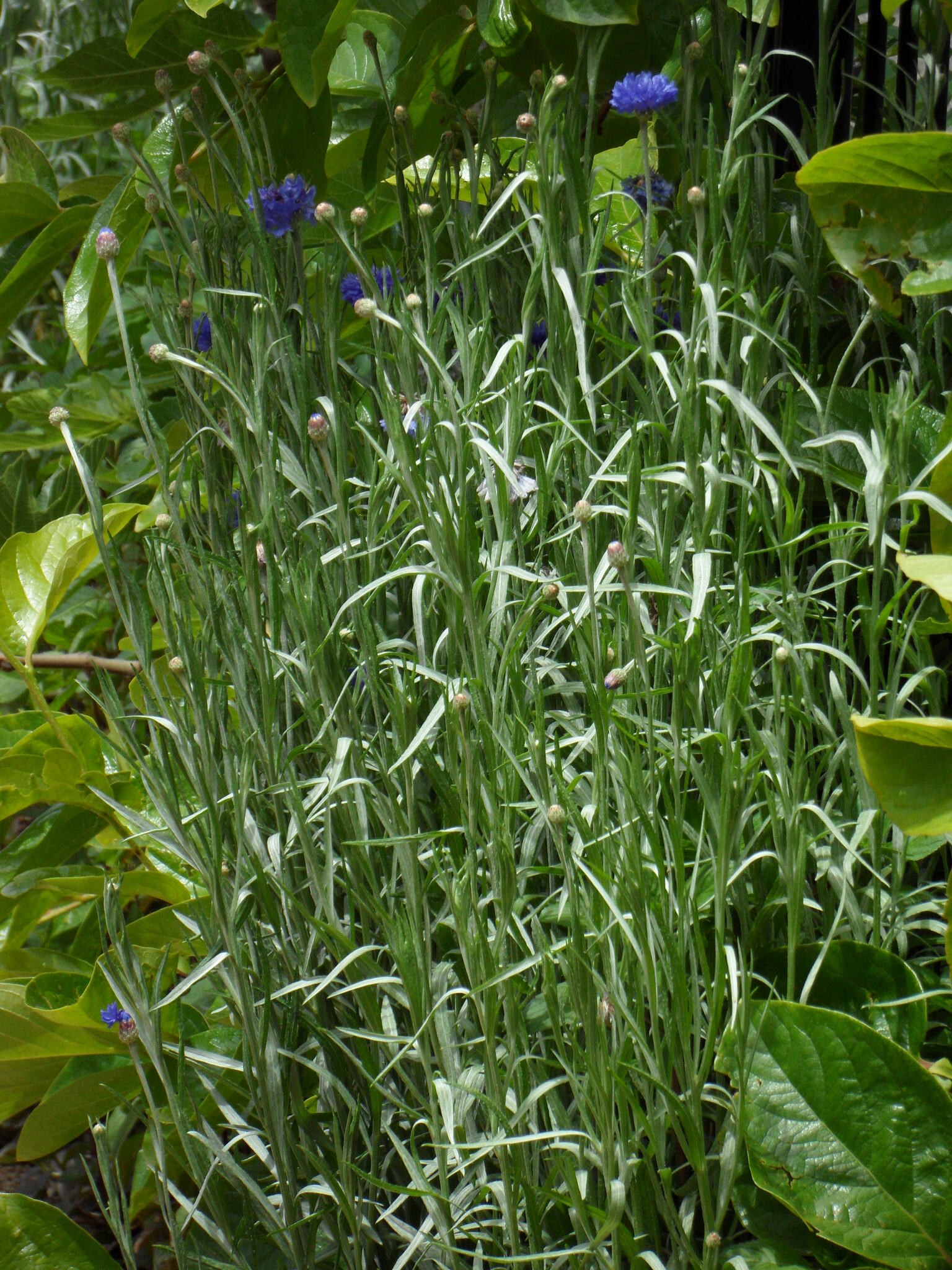
Greek kentauros — a centaur (half man, half horse), a term used by Pliny (23–79) for a medicinal herb.
Annual or perennial herbs or subshrubs, glabrous to hairy. Stems erect or ascending. Leaves basal and/or along stems, alternate, margins entire to divided. Capitula diskiform or sometimes appearing radiate due to enlarged outer florets, terminal, solitary or in small corymbs, with or without stalks. Involucral bracts in several rows, overlapping, unequal, with a comb-like or spiny terminal appendage. Receptacle hairy, flat. Florets tubular, pink, red, purple, blue, yellow or white. Outer florets often sterile. Inner florets bisexual. Achenes oblong, compressed, asymmetric, hairy or glabrous. Pappus of scales or bristles, often small or absent.
Thirteen species have become naturalised in Australia, several are noxious weeds.
The following yellow- or orange-flowered species are occasionally found in cultivation: C. macrocephala Willd. from the Caucasus, an erect perennial herb to 1 m tall with broad entire or toothed leaves, large capitula (to 8 cm across) and orange-yellow florets; and C. rupestris L. from S Europe, an erect perennial herb to 70 cm tall with once or twice divided leaves, smallish capitula (to 2.5 cm across) and pale yellow to orange florets.
Involucral bracts with a comb-like or spiny terminal appendage.
About 500 species, mostly from Europe, N and E Africa and Asia, with a few species in N and S America.
Source: (2002). Asteraceae. In: . Horticultural Flora of South-eastern Australia. Volume 4. Flowering plants. Dicotyledons. Part 3. The identification of garden and cultivated plants. University of New South Wales Press.
